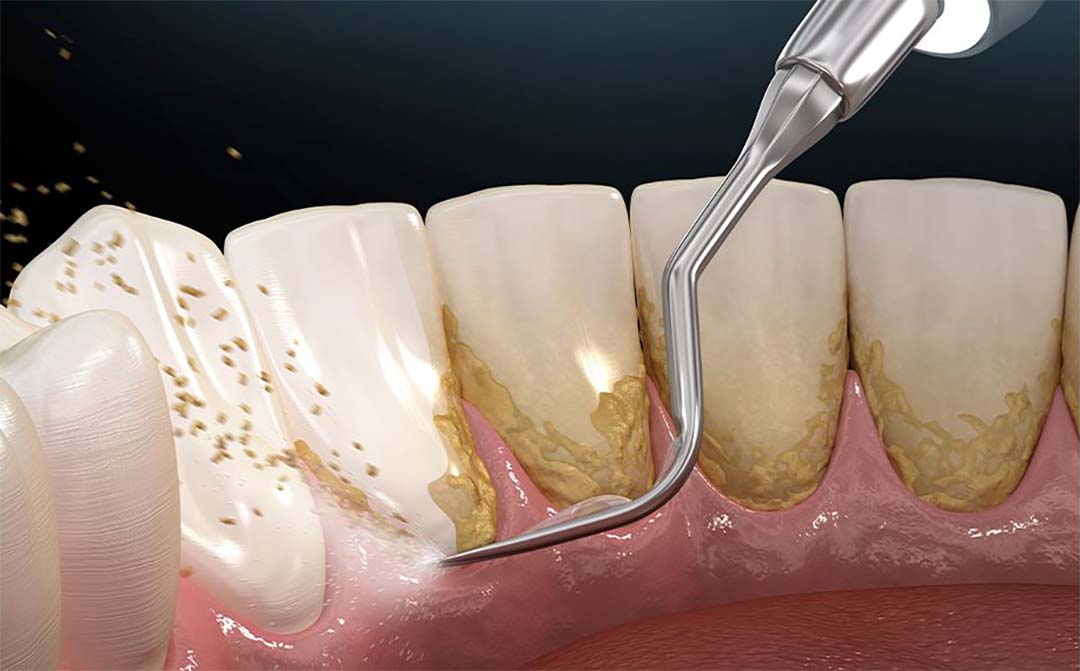
Tooth Scaling and Root Planing
Tooth scaling and root planing is a vital dental procedure aimed at tackling periodontal disease, commonly known as gum disease. This treatment is designed to address the buildup of plaque and tartar on the teeth and below the gum line, particularly focusing on hard-to-reach areas and deep pockets in the gums. By meticulously cleaning and smoothing the root surfaces, this procedure effectively eliminates bacterial growth and prevents the advancement of gum disease.
When Is Tooth Scaling and Root Planing Necessary?
Tooth scaling and root planing are recommended when a patient shows signs of advanced gum disease. These signs may include bleeding gums, persistent bad breath, heavy tartar buildup, deep gum pockets, and loose teeth. Identifying these symptoms early and seeking prompt treatment is crucial to prevent further damage and potential tooth loss.
Understanding the Tooth Scaling and Root Planing Procedure
The tooth scaling and root planing procedure involves a thorough and comprehensive approach to removing tartar and calculus deposits from both the crowns and roots of the teeth. This is achieved using ultrasonic scalers and hand instruments to ensure effective and precise cleaning. Before the procedure begins, dental x-rays are taken to assess the extent of the gum disease, and a detailed periodontal evaluation is conducted to measure the depth of the gum pockets. This assessment helps the dental team tailor the treatment plan to suit the specific needs of the patient.
After the tooth scaling and root planing procedure, follow-up appointments are essential to monitor the progress of the treatment. During these visits, the depth of the gum pockets is reevaluated to assess the response to the intervention. Depending on the severity of the gum disease and the recommendations of the periodontist, the evaluation and procedure may need to be repeated at regular intervals, typically every 3, 4, or 6 months.
Post-Treatment Expectations and Care
After tooth scaling and root planing, patients may experience some discomfort for a few days, which is a normal part of the healing process. Teeth sensitivity, temporary bleeding, and mild swelling are common side effects of the treatment. To aid in healing and prevent infection, dentists may prescribe oral medications and mouth rinses. These measures not only manage discomfort but also promote efficient healing of the treated areas.
With careful execution of tooth scaling and root planing and diligent post-treatment care, patients can significantly improve their gum health and stop the progression of gum disease. Regular dental check-ups and adherence to oral hygiene practices recommended by the dental team are essential for maintaining lasting results and achieving a healthier, brighter smile.
In conclusion, tooth scaling and root planing are indispensable procedures for combating gum disease and preserving optimal oral health. By addressing gum disease promptly and effectively, patients can maintain healthy gums and teeth, ensuring a beautiful and confident smile for years to come.



